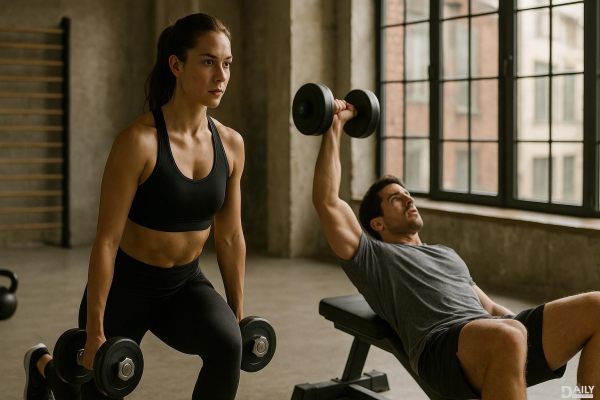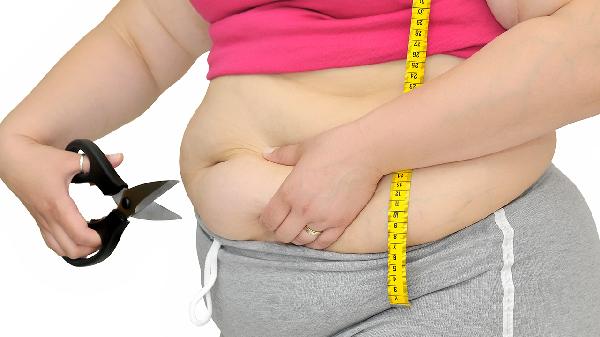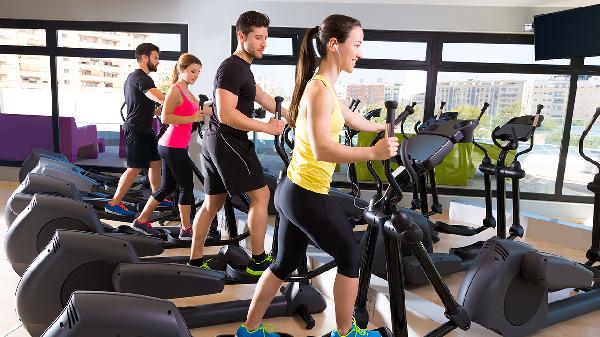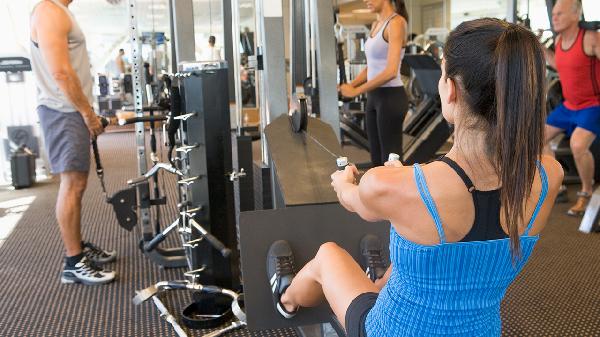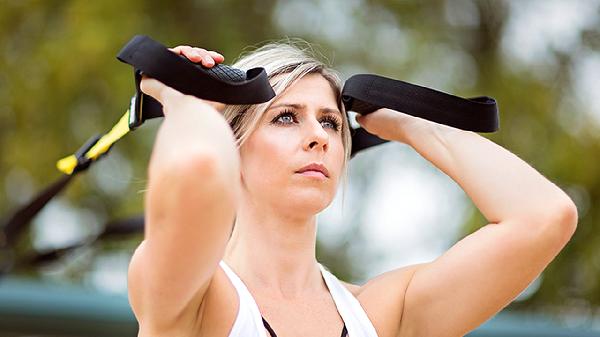Deadlifts might sound simple—just pick up a weight and put it back down—but anyone who’s tried them knows they’re anything but easy. Perfecting your form takes practice, and the soreness that follows (hello, DOMS) is a brutal reminder of just how many muscles this exercise engages. But that’s also what makes deadlifts so effective. They’re a full-body powerhouse move that builds strength, improves posture, and makes everyday movements easier. Whether you’re lifting groceries or chasing after your dog, deadlifting regularly will make life feel a little lighter.
Why Deadlifts Deserve a Spot in Your Routine
Deadlifts aren’t just for powerlifters or gym bros. They’re a functional movement that translates directly to real-life activities. Think about it: Every time you bend down to grab something off the floor, you’re essentially doing a mini deadlift. By training this movement with proper form, you’re not only getting stronger—you’re also reducing the risk of injury when lifting things outside the gym. Plus, deadlifts work multiple muscle groups at once, making them one of the most efficient exercises for building full-body strength. If you’re looking for a single lift that delivers serious results, this is it.
The Muscles You Didn’t Know Were Working
You might assume deadlifts only target your lower back or hamstrings, but they actually fire up way more than that. Your glutes, quads, lats, and even your core are all heavily involved in stabilizing and executing the movement. The posterior chain—the muscles along the backside of your body—does most of the heavy lifting (literally), but your entire body has to work in sync to keep the weight moving smoothly. That’s why deadlifts are such a killer full-body exercise. Strengthening these muscles doesn’t just make you better at lifting—it improves your overall athleticism, balance, and even your posture.
Step-by-Step Guide to Nailing Your Deadlift Form
Before you load up the barbell, start with bodyweight or a light weight to nail the movement pattern. Stand with your feet hip-width apart, toes slightly turned out. Hinge at your hips, pushing your butt back while keeping your chest up and spine neutral. Grip the bar (or dumbbells) just outside your legs, then drive through your heels to stand up, squeezing your glutes at the top. Lower the weight back down with control, keeping it close to your body. The key? Maintain a flat back the entire time—no rounding! If you feel your form breaking, drop the weight. It’s better to go lighter with perfect technique than to risk injury for ego-lifting.
Common Mistakes (And How to Fix Them)
Even seasoned lifters mess up their deadlift form sometimes. One of the biggest mistakes? Letting your lower back round, which puts unnecessary strain on your spine. Another is pulling with your arms instead of driving through your legs—your arms are just hooks holding the weight, not the primary movers. And don’t forget to brace your core! If you’re not engaging your abs, you’re missing out on stability and power. To fix these issues, practice the hip hinge motion without weight first, and record yourself to check your form. A little self-scouting goes a long way.
How to Progress and Make Deadlifts Harder
Once you’ve mastered the basics, there are plenty of ways to level up your deadlift game. Try adding pauses at different points in the lift to build control, or switch to a deficit deadlift (standing on a plate) to increase range of motion. You can also experiment with different grips or stances—sumo deadlifts, for example, target the inner thighs and glutes more. And if you really want to challenge yourself, try single-leg variations or tempo deadlifts (slowing down the eccentric portion). Just remember: Progress gradually. Jumping too quickly into advanced variations without a solid foundation is a one-way ticket to Snap City.
Deadlifting for Different Goals
Whether you’re training for strength, hypertrophy, or endurance, deadlifts can be tailored to fit your goals. For pure strength, go heavy with low reps (3-5) and long rest periods. If muscle growth is the priority, aim for moderate weight in the 8-12 rep range with shorter rests. And if endurance is your focus, lighter weights with higher reps (15+) will keep your heart rate up while still building muscle stamina. No matter your goal, consistency and proper form are non-negotiable. Deadlifts reward patience—so don’t rush the process.
Deadlifts might humble you at first, but stick with them, and you’ll see why they’re a staple in so many training programs. From building brute strength to making everyday tasks easier, this lift delivers results that go far beyond the gym. Just don’t be surprised when you start eyeing heavy objects in your daily life, thinking, “Yeah, I could deadlift that.”
